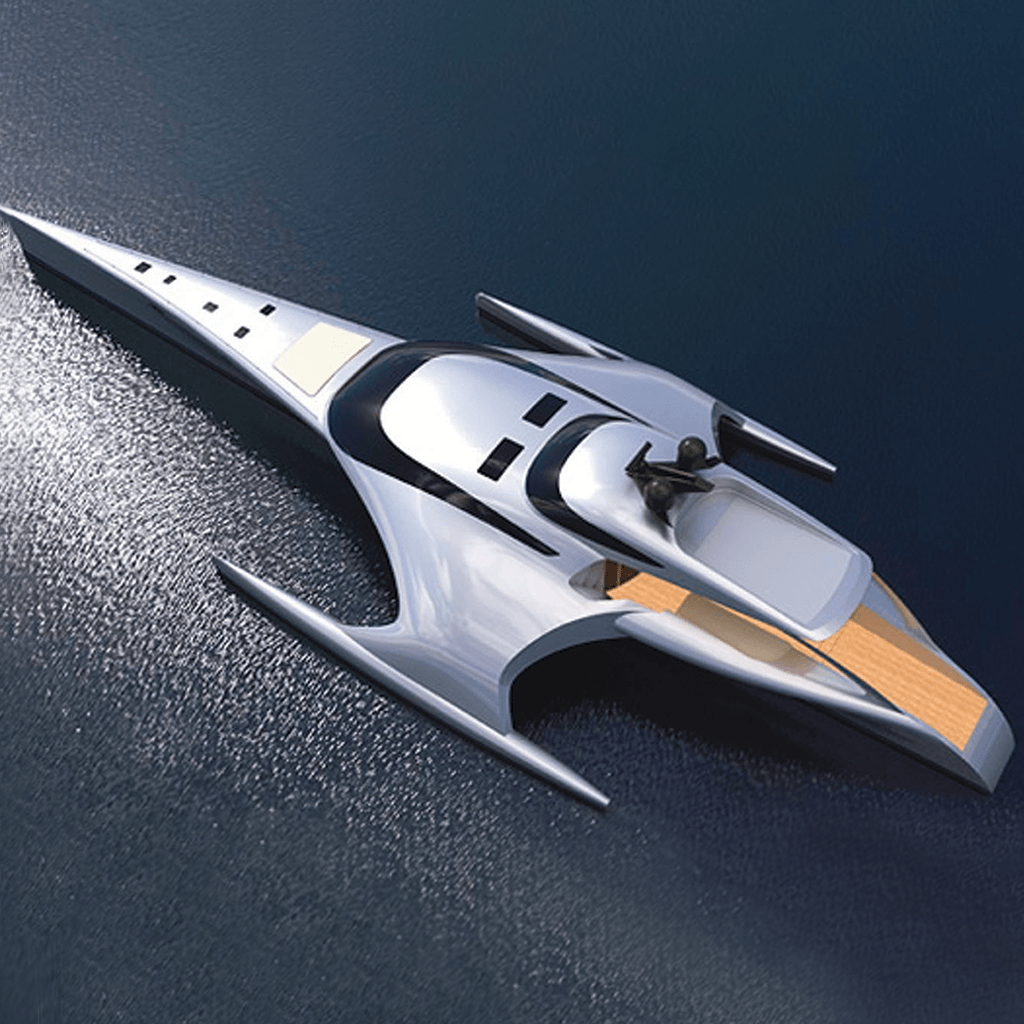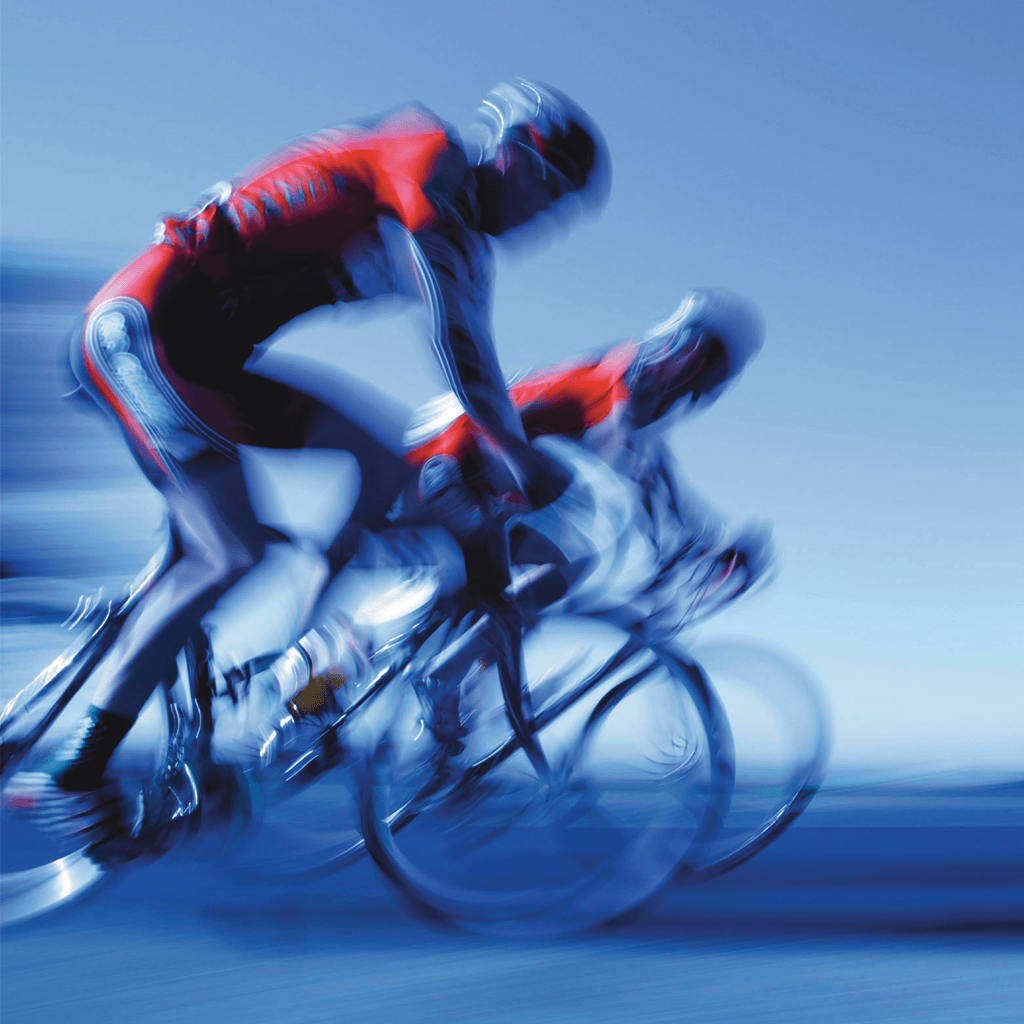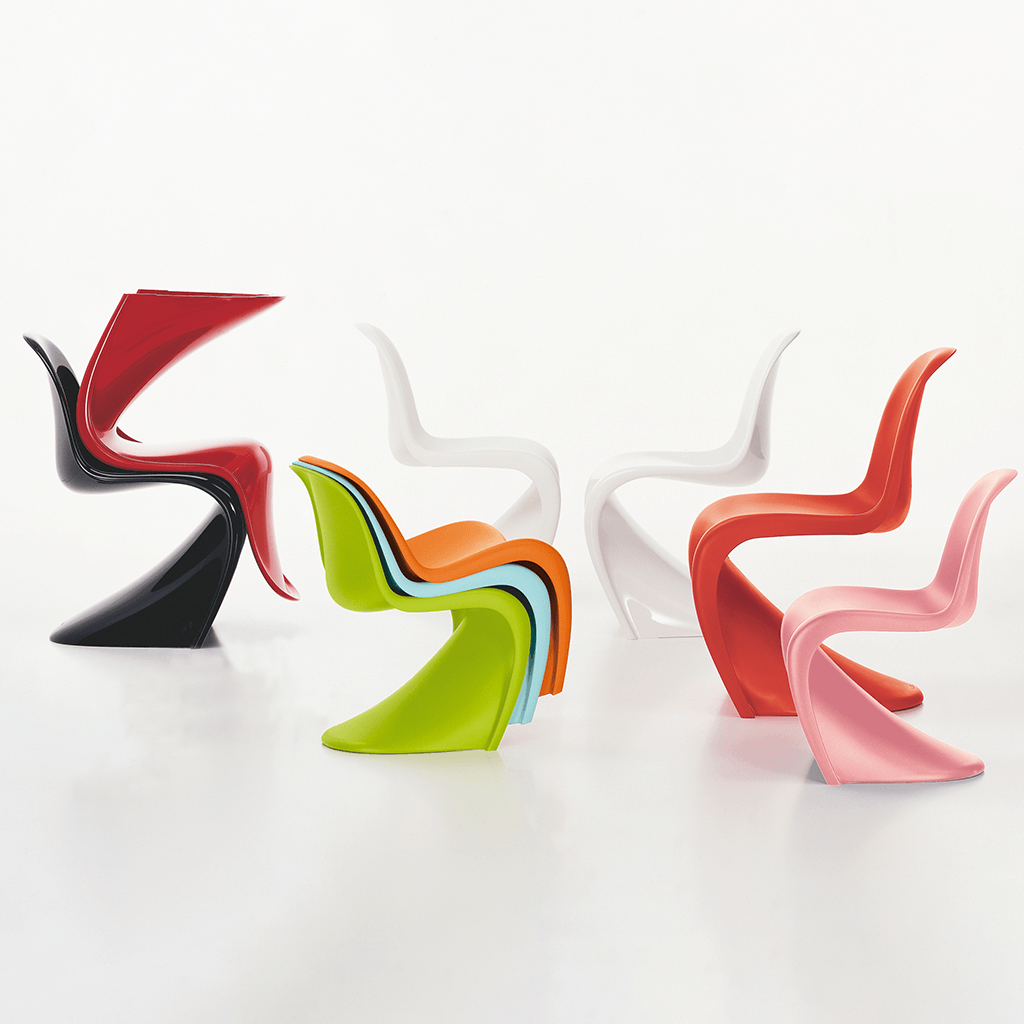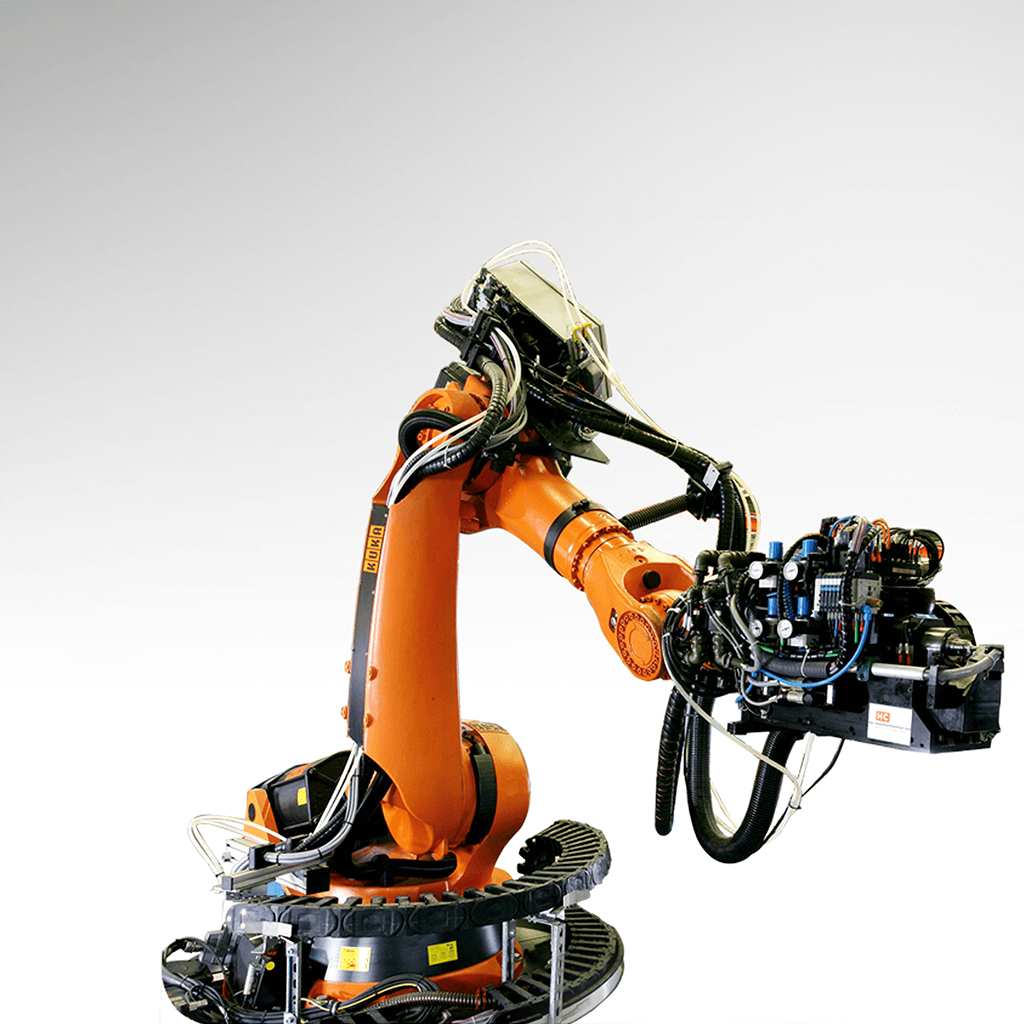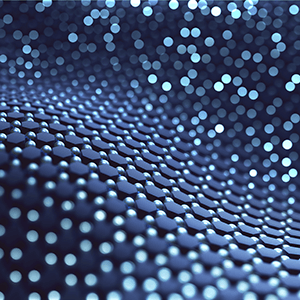Smooth LATTE streamlines RACER’s airflow
The LATTE project brings optimised aerodynamic flow to Clean Sky 2’s RACER helicopter rotor head, thereby reducing drag, saving fuel and increasing speed.

Capacity constraints at airports have prompted increased interest in vertical flight in recent years – for helicopters and other types of rotorcraft don’t require runways and can fulfil a range of mission capabilities that fixed wing aircraft cannot tackle. These could include, but are not limited to, medical evacuations in urban environments or urgent inspections of power lines. But these time-critical missions are often hampered by the relatively slow speed of regular helicopters. Clean Sky 2’s RACER (Rapid and Cost-Effective Rotorcraft) demonstrator is on course to overcome this constraint, being capable of higher speeds than conventional helicopters, and is on the verge of taking to the skies in 2024.
A multitude of Clean Sky 2 projects have contributed to the RACER’s design and engineering, making it a showcase of European aeronautical excellence. One of these, the recently completed LATTE project, focused on the design and production of a unique rotor head assembly/fairing for the RACER. The rotor head is a critically important component of the helicopter and is located at the intersection between the rotor blades and the mechanical assembly above the pilot/passenger cabin canopy. It transmits rotational power from the engine via the shaft to the rotor blades, and also controls the pitch of the blades – which determines the attitude of the helicopter. In a nutshell, the rotor head is absolutely key to the lift and forward (or lateral) propulsion characteristics and performance of the RACER.

Typically, a rotor head has exposed structures which generate drag during flight and therefore slow down the helicopter. LATTE solves this by encapsulating the rotor head within an aerodynamic fairing – a feat which requires overcoming significant mechanical complexities. The project encompassed the design, development and manufacture of a set of composite parts in conformity with airworthiness standards.
“This innovative rotor head includes a partial air sealing function, which makes it possible to drastically reduce the drag of the helicopter at the high cruise speeds the RACER will achieve,” says Clean Aviation Project Officer Vincent Foucart. “The LATTE design directly contributes to the RACER concept’s efficiency while also reducing emissions.“
The need for speed
Foucart adds that the rotor head “is critical to enable the operation of the RACER at higher speeds during the flight test campaign. The hardware delivered by the LATTE project will therefore be installed on the RACER demonstrator in 2024, soon after the initial flight test campaign has opened the flight envelope at lower speeds.”
To ensure effective performance of the hardware to assure these higher speeds, test campaigns and extensive component quality checks and approvals were undertaken prior to delivery of the parts to Airbus. These activities culminated in a “First Article Inspection” and associated documentation which was supplied alongside the parts. Further verification of the entire assembly was performed using a special test jig to ensure dimensional fidelity which will facilitate its ongoing installation onto the RACER demonstrator.

Environmental benefits
Equipped with the LATTE fairings, the consortium says that drag will be reduced by 5% and lifting force can be increased by 20% (1). This will enable the RACER to operate at higher cruise speeds while lowering fuel consumption (which means less emissions). Additional benefits of the rotor hub fairing are lower noise and less mechanical stress on the tail of the helicopter, due to the reduction of vibrations that would otherwise occur as a result of turbulent airflow generated by having an exposed rotor hub.
Commenting on the outcome of the project, Foucart notes that “Designing such a complex assembly, primarily made of lightweight composite materials and operating with the loads and within the severe vibration environment of a helicopter rotor, was a tough engineering challenge. The LATTE project team has shown that it was up to this task, with the successful delivery of the parts to Airbus Helicopters, with all associated data to support the Permit to Fly.”
Speaking on behalf of the LATTE project Topic Manager, Cédric Latanski, ETR – RACER Project at Airbus, noted the teamwork and combined dedication of the project players: “Since the beginning of the Project, all the project members, from all the involved entities, have been present all the time to keep the project on track. Despite the ‘Covid challenge,’ the project continued to advance and is now a reality. Let’s make it fly now!“
LATTE ran between September 2017 and June 2023 with a total budget of € 464 400, of which the EU contribution was € 399 500. The consortium was coordinated by the Lukasiewicz Institute of Aviation (ILOT) in Poland, which worked in partnership with the Czech National Center for Research, Development and Testing in Aerospace VZLU (Výzkumný a zkušební leteckýústav) and Czech composite parts manufacturer LA Composite. Airbus was the Topic Manager of the project.
(1) Pölzlbauer, Patrick & Kümmel, Andreas & Desvigne, Damien & Breitsamter, Christian. (2021). Numerical Investigation of an Optimised Rotor Head Fairing for the RACER Compound Helicopter in Cruise Flight. Aerospace. 8. 66. DOI: 10.3390/aerospace8030066.
(2) Visualisation of turbulent structures in the vicinity of the rotor head.


